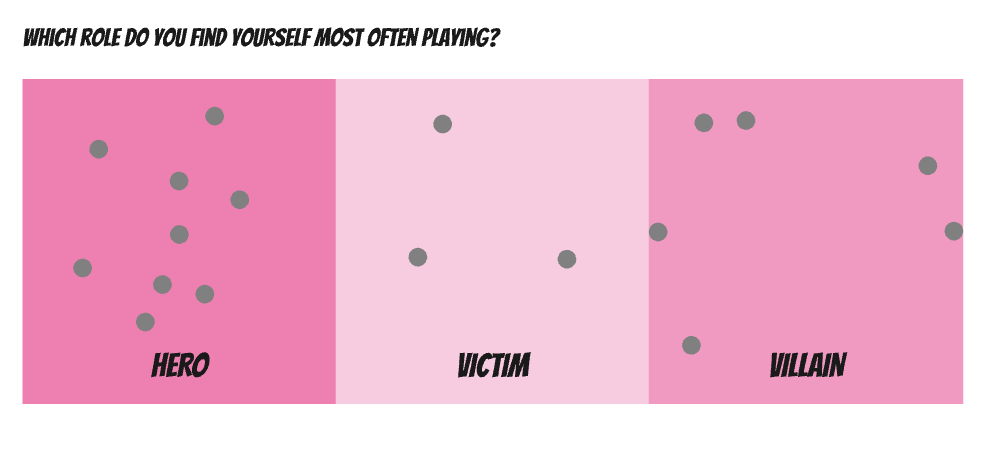We spend a lot of our time scanning for gaps - what’s missing, what’s broken, what needs to be better. It’s a big part of our job. But November is a good moment to pause and notice the scaffolding we don’t usually talk about: the customer behavior that reveals something meaningful, the constraint that sharpened our thinking, the teammate who quietly made things easier.
Gratitude in a product context isn’t fluff.
It’s a tool for clarity.
It can help us see where value actually comes from, and what enables good work to happen. It is worth taking some time to recognize the things we build on, not just the things we build next.
Teams that practice noticing what’s working (not just what’s missing) can make better contextual decisions. They communicate with more generosity. They can catch customer signals earlier. They avoid unnecessary tension. And they build more trust, which is the quiet backbone of any healthy product org.
Gratitude helps teams name the inputs worth protecting - the relationships, habits, and insights that give the work its sturdiness.
Where to look for gratitude in a product team setting:
Gratitude for Customers
What’s something a customer did, said, or struggled with recently that made our product better? Think about the small moments like a surprising workaround, an offhand comment, a behavior that reframed your understanding.Gratitude for Constraints
What limitation (timeline, tech, scope, capacity) forced us to simplify or focus? Which constraint improved the outcome once the frustration faded?Gratitude for the Team Behind the Scenes
Who made your job easier this month in a way no dashboard captures? A clear diagram. A thoughtful question. A fast bug fix. A structured meeting.Gratitude for Steady Systems
What process, ritual, or tool quietly holds more weight than we acknowledge?Which of our habits would actually hurt if they disappeared?Gratitude for Growth Moments
What moment stretched you, and ultimately made you better? A tough conversation. A pointed critique. A tradeoff that clarified what mattered.
Teams often think their value is defined by velocity. But the real story is the network of relationships, insights, constraints, and micro-moments that support the work. Naming these things isn’t just “feel-good energy.” It strengthens alignment. It builds trust. And it reminds teams that progress is never a solo achievement; it’s collective.
Gratitude helps us understand what enables us, not just what we produce. As we move into the last stretch of the year, this practice helps teams end on steadiness, grounded, connected, and aware of the things that truly matter.
STAND-UP EXERCISE
Using the five prompts of where to look for gratitude (above), ask the team to individually finish this sentence:
“Our product is better because _________.”
You might set a specific time frame (last 2 quarters, last year) to help focus the exercise. Capture the responses as a type of retrospective and way to tell the story of your product and team.











